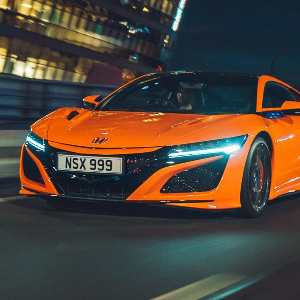
The 2021 Hyundai i10 N Line uses styling cues from the full fat i30N hot hatch to turn Hyundai’s city car into a true head turner, with fizzy performance to match thanks to a turbocharged petrol engine.
It’s not often a new trim level justifies its own road test review, but the Hyundai i10 N Line feels like a completely different car to the standard model. And that’s because in many ways it is. Using styling cues borrowed from the full fat i30N hot hatch and the upcoming Fiesta ST rival, the i20N, the i10 N Line is truly head turning. But there’s more to it than just a bit of sporty-looking tinsel.
While it it would be a stretch to call the i10 N Line a mini hot hatch - a majority of the changes are skin deep - the N Line is the only i10 on sale to get a 99bhp 1.0-litre turbocharged three cylinder petrol engine. The natural comparison would be against the virtually-identically priced Volkswagen Up GTI, but that’s a more powerful car which is nearly two seconds quicker from 0-62mph. Even so, the i10 N Line is the closest thing to a challenger to VW’s infectious city car. And it even has the VW beat in some areas, as we found out.

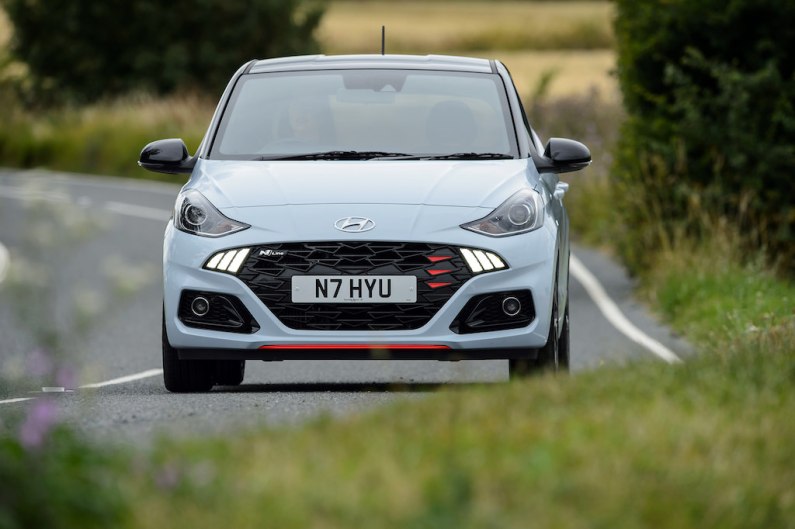
Exterior
While the new Hyundai i10 is a fine looking city car, a vast improvement over the last generation, the N Line looks better still. It is wrapped in design cues taken straight from the i30N, Hyundai’s full fat hot hatch and Golf GTI rival, which means it comes with a bespoke black N Line grille which dominates the front end and features integrated LEDs, as well as chunky 16-inch alloys. The back looks less busy but features a red stripe on the rear bumper as well as dual chrome tipped exhaust pipes. Obligatory N Line logos can be found on the grille and front wings, and in the Performance Blue used for the i30N it looks the absolute business.
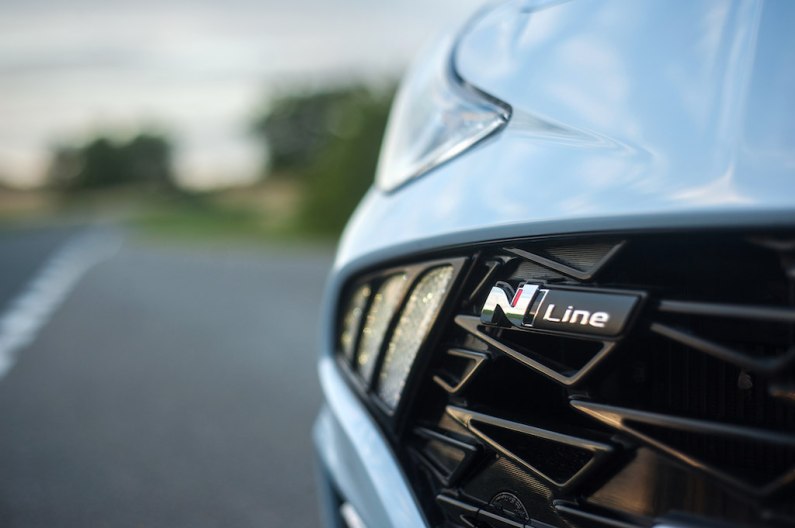
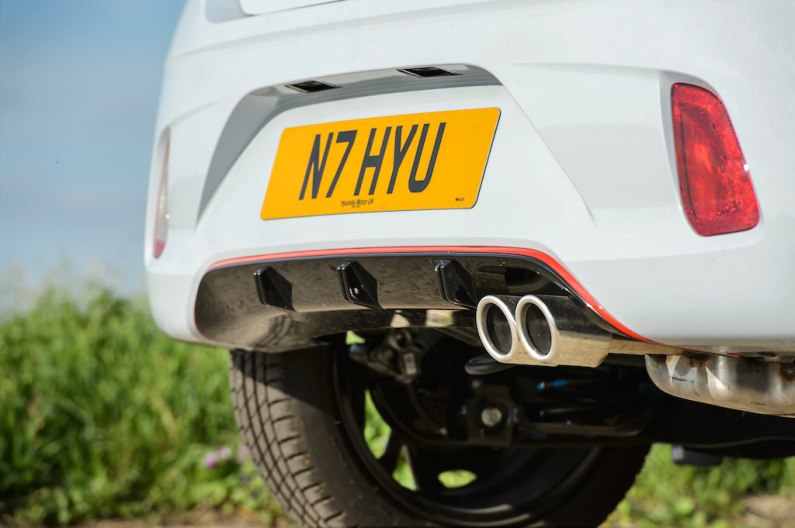
Interior
Moving inside and the nods to Hyundai’s N performance division keep coming thick and fast. There are N logos on the seats, gearstick knob and steering wheel, which also hosts a number of controls such as volume, phone and cruise control. Unlike the i30N the seats are standard and not sports seats, but they do feature red stitching - also found on the steering wheel. Alloy sports pedals complete the look as far as the motorsport-inspired additions go.
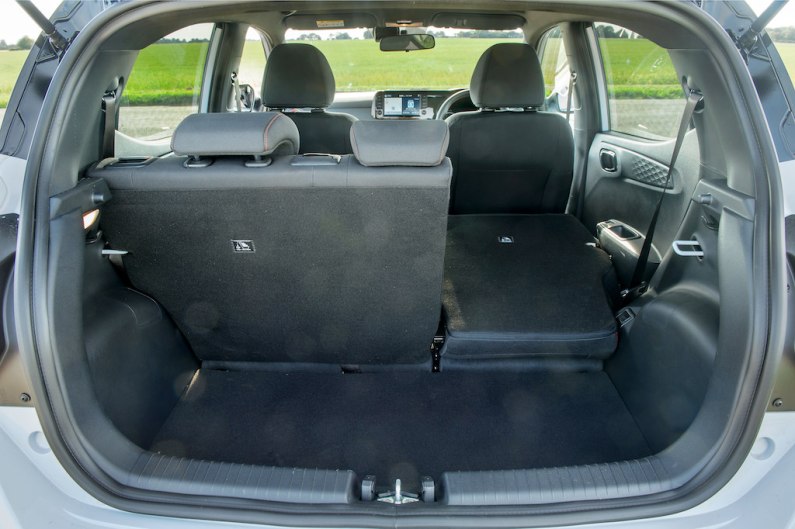
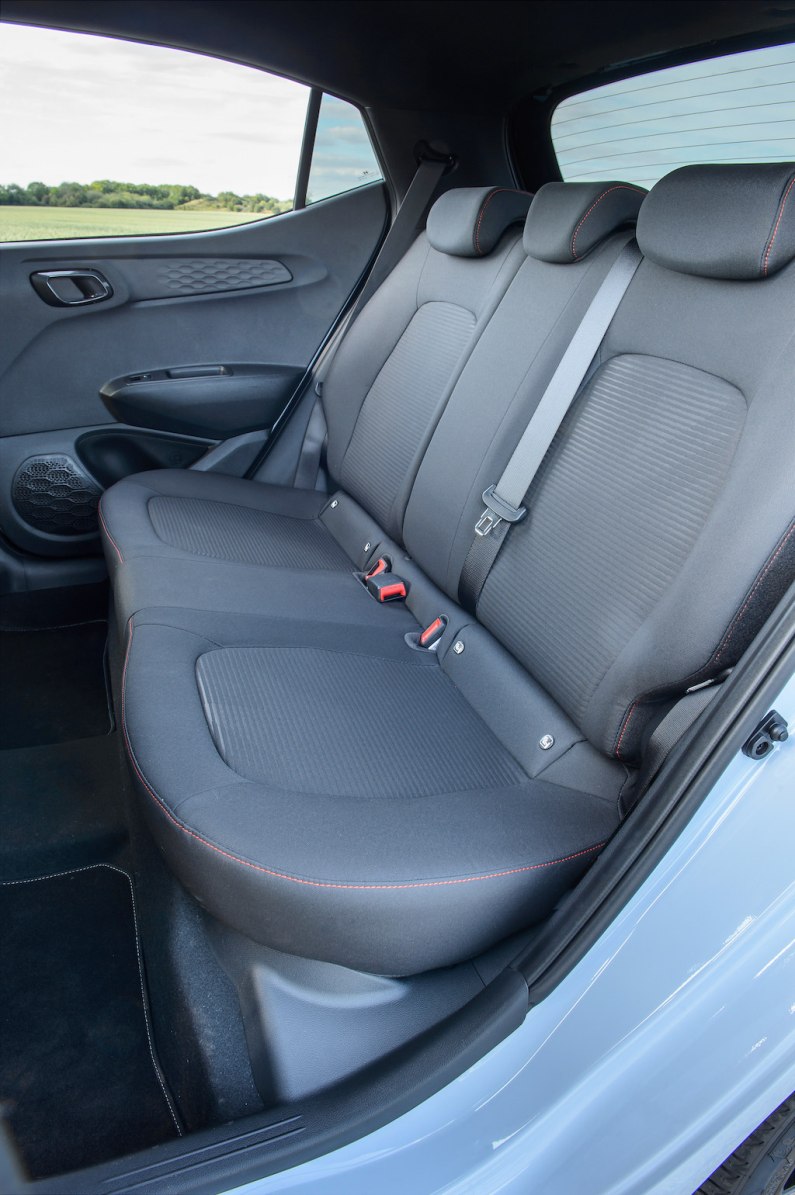
Elsewhere it’s pretty much business as usual, standard Hyundai i10, which means despite its small dimensions it’s surprisingly roomy. Head room is generous and so is legroom, and the boot is an acceptable 252-litres, which is on a par with the Up GTI and well ahead of something like the Abarth 595, which has 185-litres. Build quality is of a good standard, no panel-rattle or vibrations, and the seats offer plenty of support and range of movement.
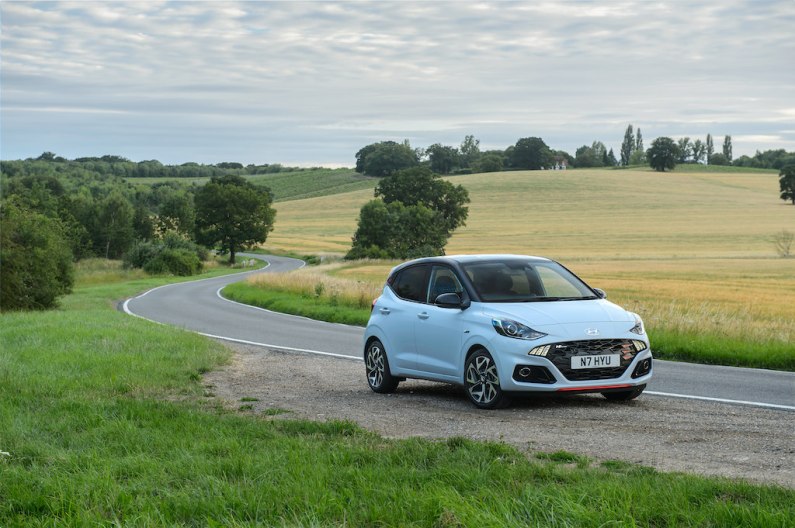

Technology and equipment
This is where the i10 N Line will appeal more than the VW GTI to many, it comes loaded with plenty of kit which surpasses its £16K price tag and would cost more to add to the VW. The 8-inch infotainment system is simple to use and relatively responsive, even if the resolution isn’t exactly cinematic and the functions quite basic. It comes with Apple CarPlay and Android Auto as standard, which means most people will simply jack up their phone and never notice the system’s shortfalls anyway. The screen also hosts a reversing camera, which is a welcome touch.

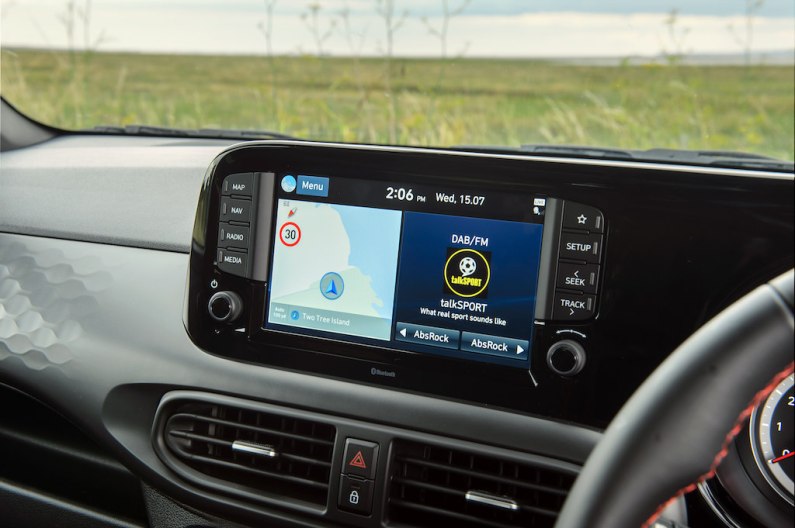
Hyundai’s Bluelink system, which comes with the Tech Pack, adds navigation and the ability to lock and unlock the car remotely. But it’s probably not enough to justify the extra cost: just download Waze and remember to lock your car. What’s most impressive is the suite of safety kit which come as standard, which includes lane departure warning, a collision warning system, high beam assist, autonomous emergency braking and hill start assist.
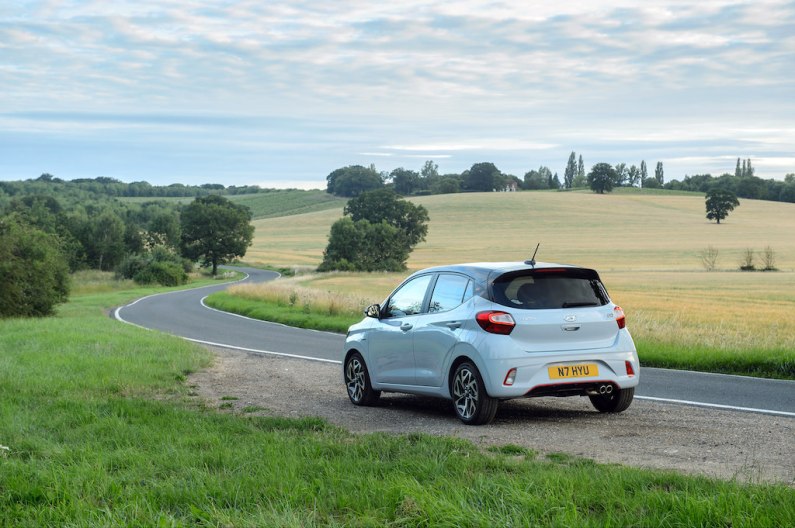
On the road
As well as the peppy engine, the i10 N Line is differentiated from the regular i10 with some tweaked suspension settings, which include new rear shocks. It isn’t quite as firm and responsive as the Up GTI although it is much more game for a fast corner than the standard car. The i10 N Line is still best suited for urban driving, that fizzy engine offering plenty of low end turbocharged shove to exploit gaps in traffic and hustle along tight roads. It’s incredibly light on its feet, which comes at the cost of quite a lot of engine noise in the cabin under hard acceleration, but you wouldn’t want the performance dulled by the addition of heavy sound-deadening.
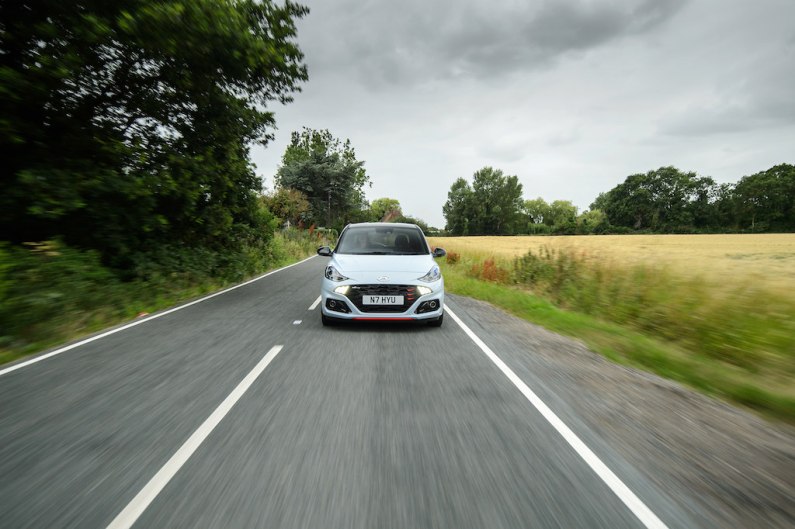
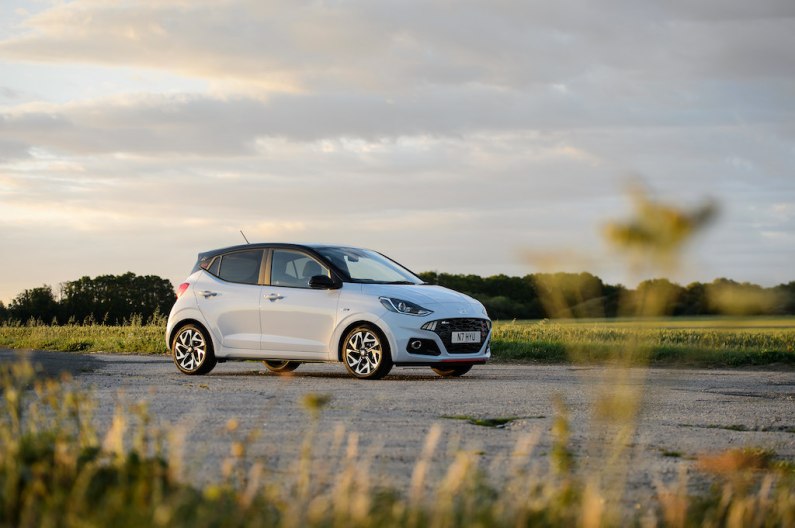
Unlike the VW the i10 N Line doesn’t come with a sixth gear, which can make motorway driving a little tiring, but the manual gearbox is slick and solid and it feels fun to notch up and down the cogs using your left hand in a car like this. With a 0-62mph time of 10.5 seconds you could never call this car fast, but it feels far nipper than the numbers suggest when you’re behind the wheel thanks to its dinky stature and lightweight nature.
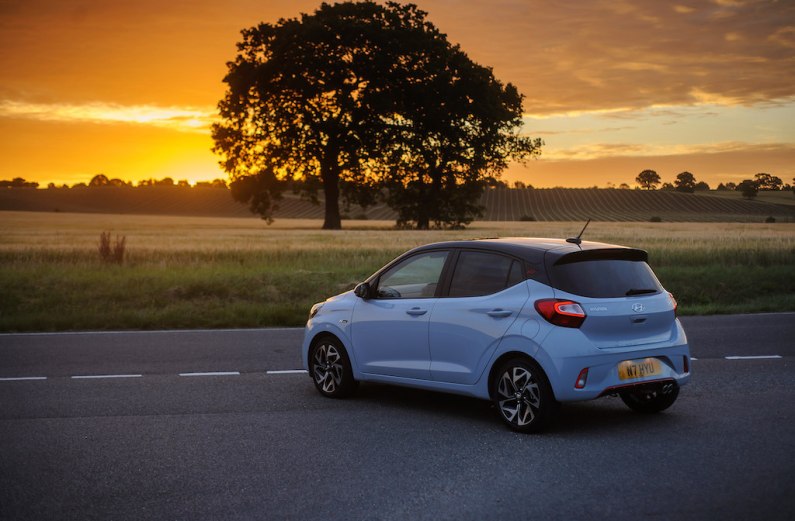
Verdict
The Hyundai i10 N Line is the only car to properly rival the VW Up GTI, except perhaps the more expensive and more powerful Abarth 595. The Abarth doesn’t offer anything like as much practicality and sits in a class almost on its own, it’s very niche in its appeal. Where the Hyundai beats the Volkswagen is all-round value for money, based on the generous amounts of kit it comes with. But if value driving thrills above all else then you’re better off buying the GTI. It is refreshing to find the i10 N Line is more than just a lazy trim level and that Hyundai has gone to some effort to give customers something unique in the range. For £16,195 there’s a lot to love about it.
Price as tested: £16,195
Engine: 1.0-litre 3-cylinder turbocharged petrol
Power: 99bhp
0-62mph: 10.5 seconds
Top speed: 115mph
MPG: 52.3
CO2: 123g/km
